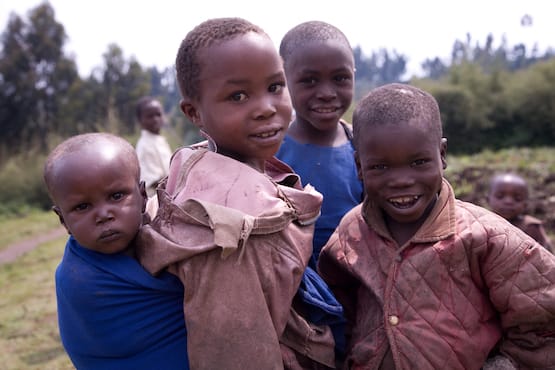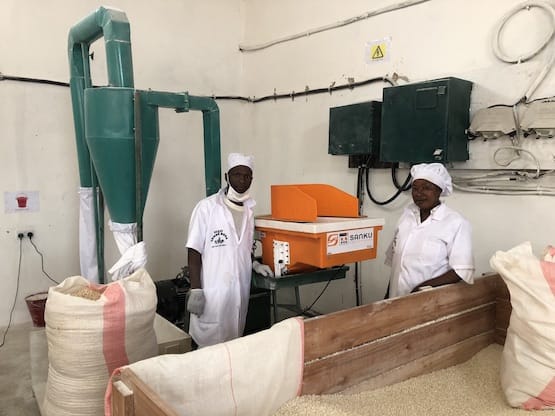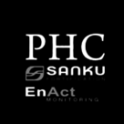The problem: micronutrient malnutrition
Over two billion people don’t receive the vitamins and minerals their bodies require to stay healthy, including iron, vitamin A, folic acid, and iodine. [1] This micronutrient malnutrition, often referred to as “hidden hunger,” can lead to blindness, miscarriage, maternal death during childbirth, birth defects, compromised immune systems, and cognitive and developmental delays.
Micronutrient malnutrition is the leading cause of preventable intellectual and developmental disabilities in the world. [2] It also kills 3 million children under five each year — that’s over 8,200 deaths per day, and nearly half of all deaths in children under five. [3] [4]

Without proper nutrition, the poverty trap deepens: people become ill and vulnerable to disability or death, they cannot attend school or work, their families lose resources in order to care for them, and the cycle perpetuates.
The solution: cost-effective food fortification programs
Food fortification is one of the least expensive solutions to malnutrition, and has proven results. [5] Adding iron to soy sauce in China led to a 33% reduction in anaemia, and within a year of adding folic acid to wheat flour in Chile, spina bifida incidences were reduced by 51%.
How Project Healthy Children works
PHC is a global leader in micronutrient fortification, working with government and NGO partners to design, implement, scale, and monitor effective food fortification programs.
After they successfully designed and implemented large-scale programs in Rwanda, Malawi, Zimbabwe, Liberia, and Burundi — work that continues to benefit 55 million people [6] — PHC realized that as much as 95% of the people in at-risk communities did not have access to the centrally processed fortified food that large-scale programs provide. In Tanzania, for example, 95% of maize is produced by small-scale local mills.
In order to keep working to achieve complete micronutrient coverage, PHC formed the Sanku initiative to help small local mills fortify their food. Sanku equips millers with a machine called a dosifier, which fortifies staple foods with the correct dosage of micronutrient premix (including iron, folic acid, B12, and zinc).

Sanku bulk-buys empty flour bags, which are then sold to the millers at the same price they would otherwise pay. They use the profits to provide millers the appropriate amount of premix at no additional cost. The dosifier’s proprietary technology is fully automated. Sanku monitors the miller’s use of the dosifier remotely, and visits the mill if the dosifier is not in use or needs repair.
PHC’s Sanku initiative currently operates across Rwanda, Malawi, Kenya, and Tanzania, reaching over two million people that do not have access to centrality processed foods. Sanku is on track to reach more than 100 million people by 2025. [7]

